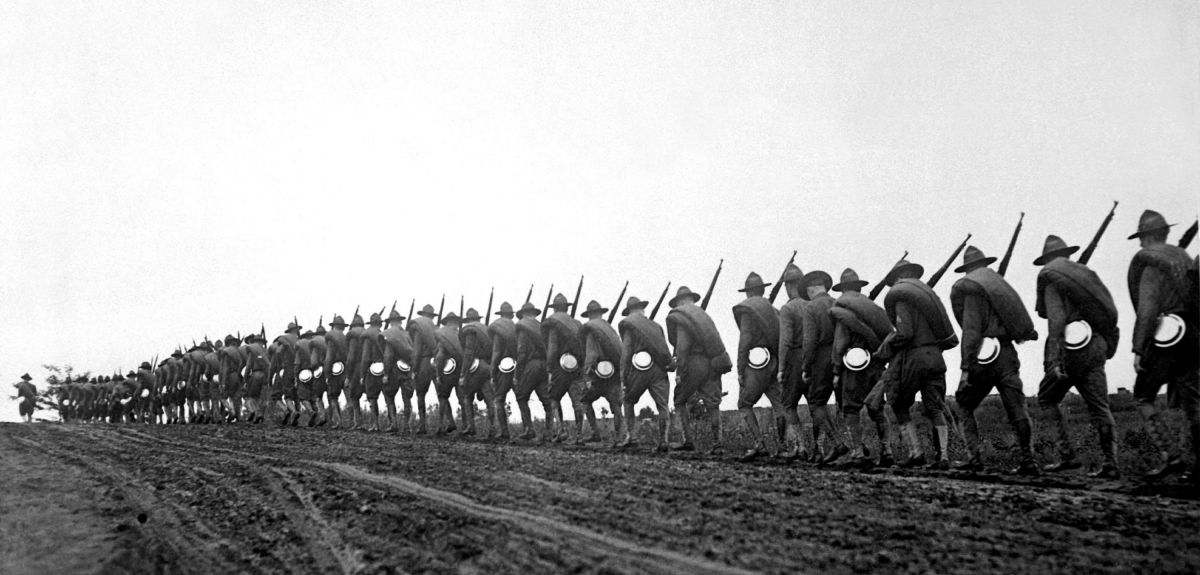
Trench Foot discovery paves way for new treatment
The physical cause of trench foot has been uncovered more than 100 years after the painful and debilitating condition was first identified in the First World War.
Non-freezing cold injury, better known as ‘trench foot’ when first described during the First World War, can permanently damage hands and feet, causing chronic pain and long-lasting numbness and tingling sensations. A characteristic feature is that subsequent exposure to cool conditions may lead to a dramatic worsening of symptoms. Severe cases can result in loss of employment and leave individuals limited in their ability to partake in physical activities.
Unlike frostbite, non-freezing cold injury develops after prolonged exposure to cold temperatures, where soft tissue is cooled but not frozen. Although it has long been recognised as a serious medical condition, the underlying cause of the pain and sensory damage, as well as the reason why some individuals are affected and not others exposed to the same conditions, has remained a mystery. It has previously been shown that people of African heritage are considerably more susceptible to the condition than Caucasians.
Researchers at the University of Oxford, Imperial College London and Johns Hopkins University studied serving armed forces personnel and veterans with the condition. They discovered that patients with the condition have a significant reduction in the number of nerve fibres within the upper layers of the skin - intraepidermal nerve fibres - in the affected areas. It is this damage to the sensory nerve fibres within the skin that causes the chronic pain experienced by these patients.
Professor David Bennett of the Nuffield Department of Clinical Neurosciences, said: ‘Non-freezing cold injury is a life-changing condition for many people that can severely limit the physical work they can do as well as causing long term distress. Finally understanding the root cause of their symptoms will open the way for new treatments, as well improving ways to prevent the condition in people who are most susceptible.
‘Developing clear diagnostic criteria for the condition will also enable faster diagnosis of new cases to prevent repeated cold exposure, ongoing screening for neuropathic pain in at-risk individuals, and the provision of therapies that are proven to target neuropathic pain.’
Professor Andrew Rice of Imperial College London commented: ‘We now have a much better understanding of the cause of the chronic pain which can afflict some people for many years after suffering a non-freezing cold injury. This distressing condition has cut short many promising military careers. Using robust diagnostic criteria for neuropathic pain in such cases, we will be able to treat their symptoms more appropriately.’
 Expert Comment: Chatbot-driven sexual abuse? The Grok case is just the tip of the iceberg
Expert Comment: Chatbot-driven sexual abuse? The Grok case is just the tip of the iceberg
 New study finds that stopping weight-loss drugs is linked to faster regain than ending diet programmes
New study finds that stopping weight-loss drugs is linked to faster regain than ending diet programmes